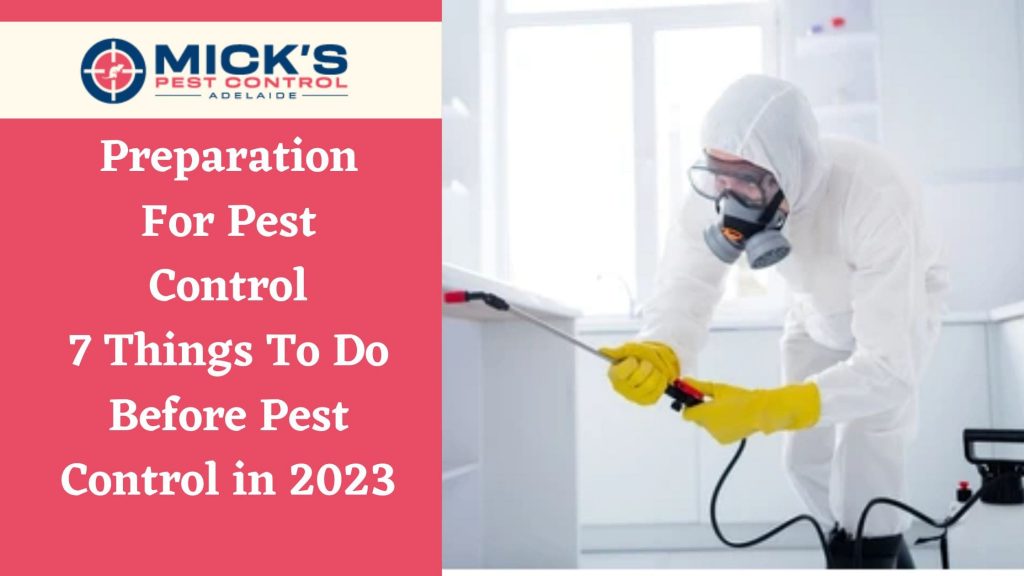Organic control is rapidly becoming the go-to solution for homeowners looking to manage pests without harming the environment. Unlike traditional control methods that rely on synthetic chemicals, organic approaches use natural products and techniques to repel or eliminate pests. But what exactly does organic control entail, and is it as effective as conventional methods?
What Is Organic Control?
Organic control focuses on using eco-friendly methods and natural products to manage pests. These solutions are derived from naturally occurring substances like plant oils, minerals, and biological agents. The goal is to control pest populations while minimizing harm to humans, pets, and the environment.
How Does Organic Control Work?
Organic control works by targeting pests in ways that don’t disrupt the ecosystem. Here are the common methods used:
- Natural Repellents: Essential oils like peppermint, citronella, and eucalyptus are used to deter pests without killing them.
- Biological Control: Beneficial insects, like ladybugs or nematodes, are introduced to prey on harmful pests.
- Physical Barriers: Mesh screens, traps, and diatomaceous earth are used to prevent pests from entering your home.
- Botanical Pesticides: Natural compounds derived from plants, such as neem oil or pyrethrin, are applied to control pest populations.
Benefits of Organic Control
Organic control offers several advantages over traditional methods, making it an appealing choice for environmentally conscious homeowners:
1. Eco-Friendly
- Organic methods use natural substances that break down quickly, reducing environmental impact.
- They avoid contaminating soil, water, and air with synthetic chemicals.
2. Safe for Humans and Pets
- Natural control solutions are less toxic, making them safer for households with children and pets.
- They reduce the risk of allergic reactions or chemical sensitivity.
3. Sustainable
- Organic practices focus on long-term solutions by addressing the root causes of pest problems.
- They work with nature rather than against it, preserving biodiversity.
4. Effective for Targeted Pests
- Many organic methods are highly effective for specific pests, ensuring they don’t harm beneficial insects like bees and butterflies.
Organic Control Methods You Can Use at Home
If you’re ready to switch to organic control, here are some practical techniques to implement:
1. Prevention First
- Seal cracks and gaps in walls, windows, and doors to prevent pests from entering.
- Keep your home clean by regularly vacuuming, removing food crumbs, and sealing trash bins.
2. Natural Repellents
- Use essential oils like peppermint or lavender to repel ants, spiders, and mosquitoes.
- Sprinkle diatomaceous earth in areas where pests are likely to travel, such as along baseboards or in cracks.
3. Biological Controls
- Release beneficial insects like ladybugs in your garden to control aphids and other plant pests.
- Use nematodes in soil to combat grubs and other harmful pests.
4. DIY Solutions
- Create a natural pest spray by mixing water, dish soap, and neem oil. This works well for plant-eating insects.
- Set up homemade traps for fruit flies or cockroaches using sugar, vinegar, or boric acid.
When to Seek Professional Help
While DIY organic control methods are effective for small problems, larger infestations may require expert assistance. Hiring professionals ensures a thorough approach to pest management. Look for affordable pest control for homes in Adelaide to find a reliable service that specializes in eco-friendly methods.
Why Choose Professional Organic Pest Control?
Professional organic control providers offer several advantages:
- Expert Knowledge: They can identify the type of pest and recommend the most effective organic solutions.
- Comprehensive Treatment: Professionals can address hidden pest problems that might go unnoticed.
- Long-Term Prevention: They provide guidance on maintaining a pest-free home using sustainable practices.
Common Myths About Organic Pest Control
There are a few misconceptions about organic control that deserve clarification:
- Myth: Organic Control Is Less Effective
- Fact: Organic methods are highly effective when applied correctly and tailored to specific pests.
- Myth: Organic Pest Control Is Expensive
- Fact: Many organic solutions are cost-effective, especially when using DIY methods or hiring budget-friendly services.
- Myth: Organic Control Works Slowly
- Fact: While some methods may take time, others—like botanical pesticides—provide quick results.
Conclusion
Organic control is an environmentally friendly and effective way to manage pests in your home. By using natural repellents, biological controls, and sustainable practices, you can keep pests at bay without compromising your health or the environment. For larger infestations, hiring affordable control for homes ensures a safe and professional solution. Transitioning to organic control not only protects your home but also contributes to a healthier planet.
Published on: February 14, 2025


